Basil (Ocimum basilicum), often called the “King of Herbs,” is one of the most versatile and beloved herbs worldwide. Known for its aromatic leaves and distinct flavor, basil plays a central role in cuisines ranging from Italian to Thai. Beyond its culinary uses, basil also carries medicinal benefits and is easy to grow at home, even for beginners.
Whether you have a large garden, a balcony, or just a sunny windowsill, basil thrives with the right care. This step-by-step guide will walk you through everything you need to know about growing basil at home—from choosing varieties and planting to harvesting and maintaining your plants for a continuous supply of fresh leaves.
Why Grow Basil at Home?
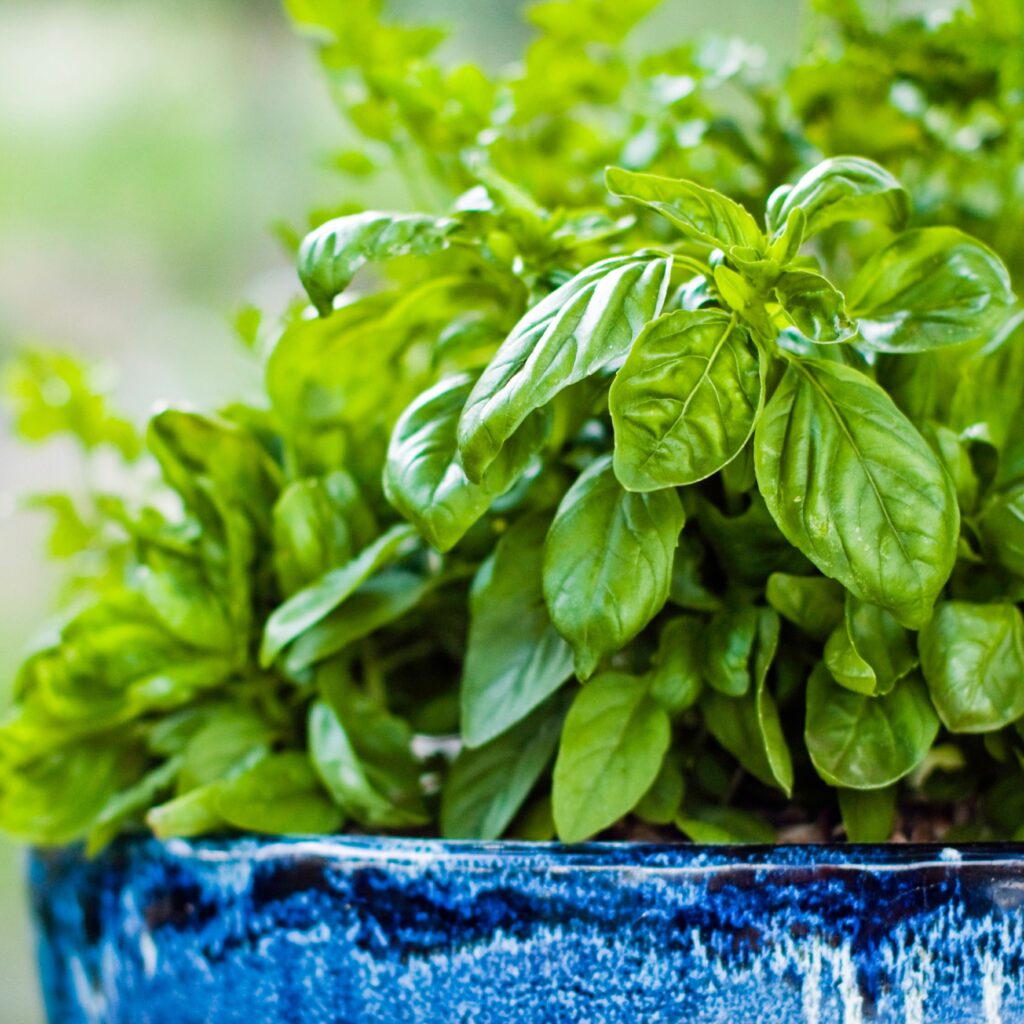
Growing basil at home offers several advantages:
- Fresh supply of herbs for cooking, teas, and garnishes.
- Cost-effective compared to buying small bunches from the market.
- Health benefits – Basil contains antioxidants, essential oils, vitamins (A, K, C), and minerals (iron, calcium, magnesium).
- Aromatic plant that naturally repels certain pests and attracts pollinators like bees.
- Easy to grow indoors and outdoors, making it perfect for urban gardeners.
Step 1: Choosing the Right Basil Variety
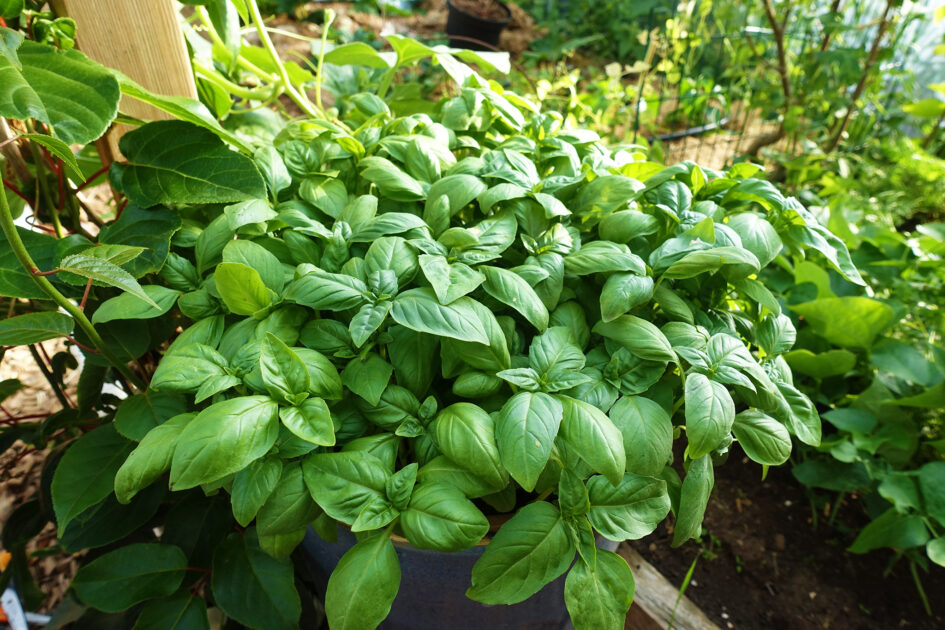
There are many types of basil, each with unique flavors and uses. Some popular varieties include:
- Sweet Basil – Classic Italian basil, perfect for pesto and pasta.
- Genovese Basil – Rich, aromatic, and widely used in Mediterranean dishes.
- Thai Basil – Spicy, with hints of licorice, used in Asian cooking.
- Lemon Basil – Refreshing citrus flavor, excellent for salads and teas.
- Purple Basil – Ornamental, with mild flavor and vibrant purple leaves.
For beginners, Sweet Basil or Genovese Basil is the best choice.
Step 2: Preparing the Growing Medium
Basil grows best in light, nutrient-rich, and well-draining soil.
- Soil type – Use a loamy or sandy soil mix.
- pH level – Ideal range is 6.0 to 7.5 (slightly acidic to neutral).
- Amendments – Add compost or organic matter to improve fertility.
- Drainage – Ensure containers or garden beds have good drainage to prevent root rot.
For container gardening, use a potting mix with perlite or vermiculite to ensure air circulation in the soil.
Step 3: Planting Basil Seeds or Seedlings
You can grow basil either from seeds or from young nursery seedlings.
Growing from Seeds
- Sow seeds ¼ inch deep in moist soil.
- Space seeds 6–8 inches apart.
- Cover lightly with soil and gently water.
- Germination takes 7–10 days under warm conditions (20–25°C / 68–77°F).
Growing from Seedlings
- Buy healthy, green seedlings from a nursery.
- Transplant them into garden beds or pots after the last frost.
- Handle carefully to avoid disturbing roots.
Step 4: Providing Optimal Growing Conditions
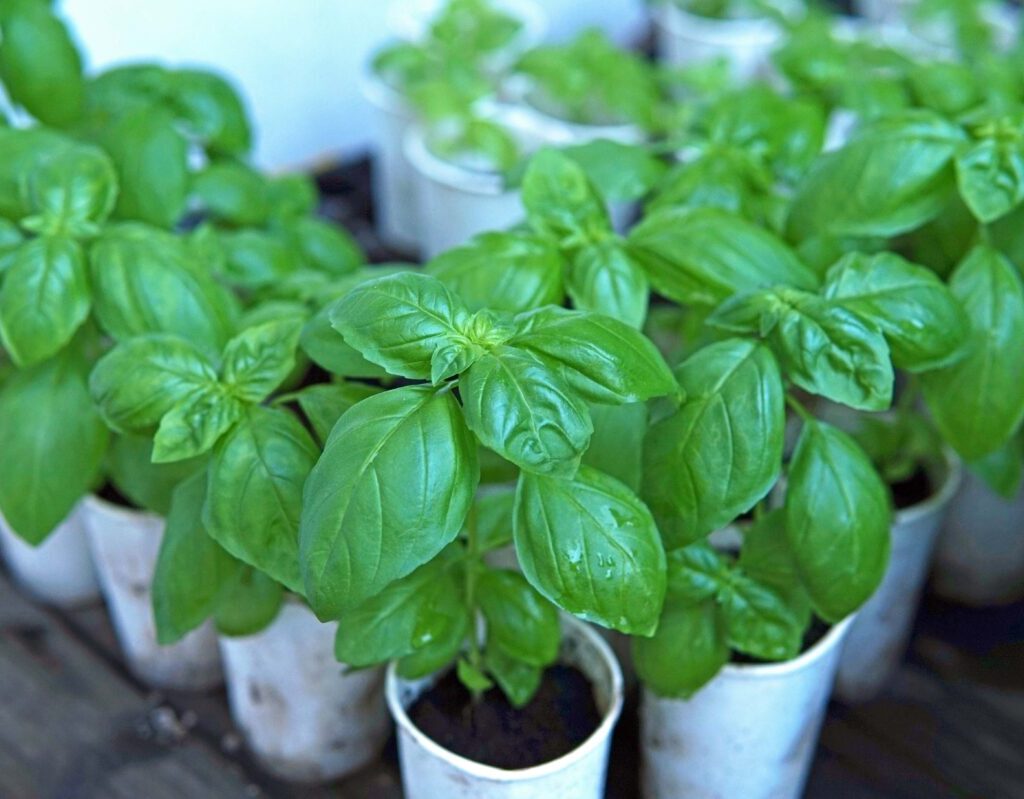
Basil needs the right conditions to thrive:
- Light – Requires 6–8 hours of direct sunlight daily. Indoors, place near a south-facing window or use grow lights.
- Temperature – Grows best in 20–30°C (68–85°F). Avoid frost or extreme cold.
- Watering – Keep soil evenly moist, but not soggy. Water at the base, not on the leaves.
- Humidity – Basil prefers moderate humidity. Mist lightly if growing indoors in dry conditions.
Step 5: Caring for Basil Plants
1. Watering
- Water deeply when the top 1 inch of soil feels dry.
- Avoid overwatering, as soggy soil causes root rot.
2. Fertilizing
- Use a balanced liquid fertilizer (10-10-10) every 2–4 weeks.
- Too much nitrogen leads to leafy growth but reduces flavor.
3. Mulching
- Apply organic mulch like straw or shredded leaves around plants to retain moisture and control weeds.
4. Pinching and Pruning
- Pinch the top leaves regularly to encourage bushier growth.
- Remove flower buds immediately to keep leaves flavorful.
Step 6: Companion Planting
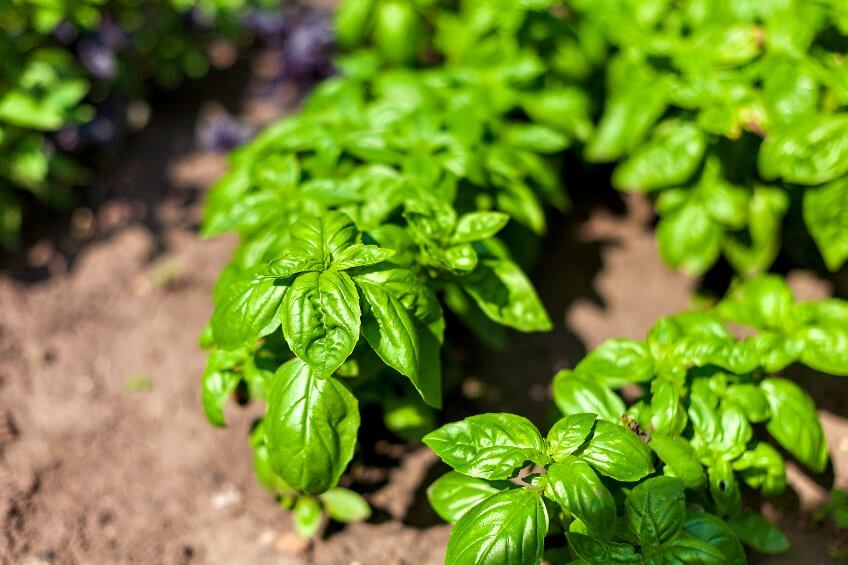
Basil pairs well with many garden plants and can help deter pests.
- Good companions: Tomatoes, peppers, oregano, parsley, and marigolds.
- Avoid planting with: Cucumbers (basil may inhibit their growth).
Companion planting enhances growth, improves soil health, and creates natural pest control.
Step 7: Common Pests and Diseases
Although basil is hardy, it may face a few challenges.
Pests
- Aphids – Treat with neem oil or insecticidal soap.
- Whiteflies – Use sticky traps or spray with water.
- Slugs and snails – Protect with copper tape or crushed eggshells.
Diseases
- Downy Mildew – Appears as yellow spots and fuzzy growth under leaves. Improve air circulation and avoid overhead watering.
- Fusarium Wilt – Causes stunted growth. Rotate crops and avoid infected soil.
Step 8: Harvesting Basil
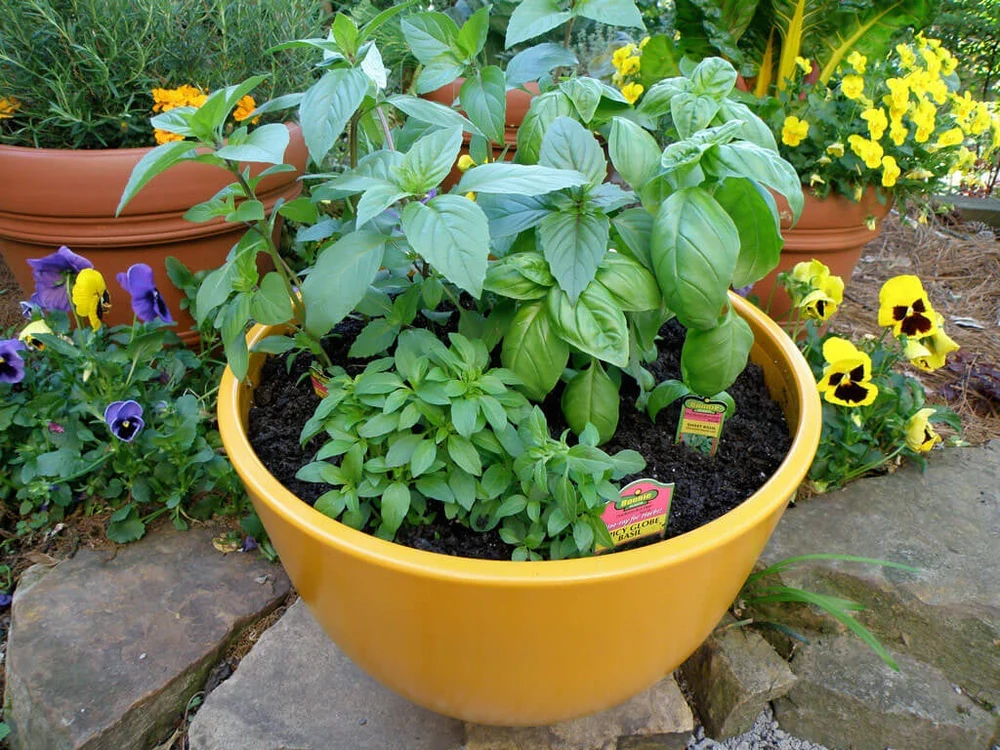
Harvesting is the most rewarding step in growing basil.
- Start harvesting when plants are 6–8 inches tall.
- Use sharp scissors to cut leaves just above a leaf node.
- Harvest in the morning when oils are most concentrated.
- Regular harvesting encourages new growth.
If flowers start forming, pinch them off to extend the leaf-producing stage.
Step 9: Storing and Preserving Basil
Fresh basil has the best flavor, but it can also be stored:
- Refrigeration – Place stems in a glass of water or wrap leaves in a damp paper towel.
- Freezing – Chop leaves, place in ice cube trays with olive oil, and freeze.
- Drying – Air-dry or use a dehydrator, though some flavor is lost.
- Pesto – Blend fresh basil with olive oil, garlic, and nuts, then freeze for later use.
Step 10: Culinary and Medicinal Uses of Basil
Culinary Uses
- Fresh basil leaves are perfect for pizzas, pasta, salads, soups, and sandwiches.
- Basil pairs well with tomatoes, mozzarella, garlic, and olive oil.
- Thai basil adds flavor to curries and stir-fries.
Medicinal Benefits
- Boosts immunity due to antioxidants.
- Supports digestion by reducing bloating and gas.
- Anti-inflammatory properties help with joint pain.
- Reduces stress and promotes relaxation.
Step 11: Seasonal Care for Basil
- Spring – Start seeds indoors or plant seedlings outdoors after frost.
- Summer – Regular harvesting and watering for continuous growth.
- Fall – Move potted basil indoors before the first frost.
- Winter – Grow basil indoors with grow lights for year-round supply.
Troubleshooting Common Problems
- Yellowing leaves – Overwatering or nutrient deficiency.
- Wilting plants – Root rot or underwatering.
- Weak flavor – Too much fertilizer or late harvest.
- Plants bolting (flowering early) – Heat stress or lack of pruning.
Conclusion
Growing basil at home is simple, rewarding, and ensures a constant supply of fresh, flavorful leaves for your kitchen. With the right variety, proper planting methods, and consistent care, you can enjoy lush basil plants indoors or outdoors throughout the year. From Italian dishes to herbal teas, basil’s versatility makes it a must-have herb for every home gardener.
By following this step-by-step guide, you’ll not only cultivate healthy basil plants but also embrace the joy of gardening while reaping the health and culinary benefits of this remarkable herb.
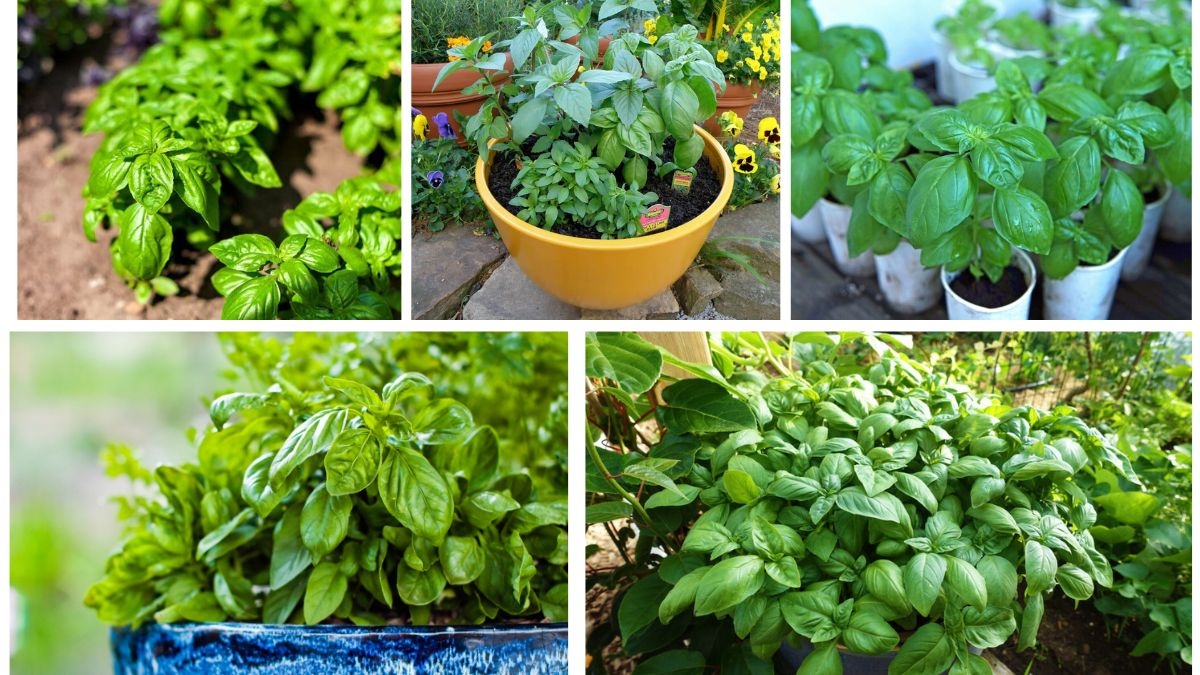




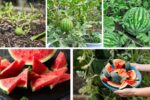
Leave A Comment